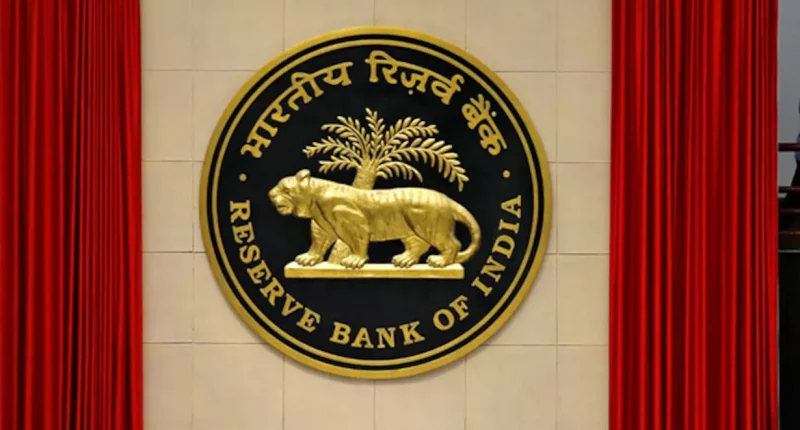With the policy rate experiencing a steady rise since May 2022, the percentage of loans provided at interest rates less than 8% has witnessed a significant decline.
In fact, the numbers have dropped from 53% in March 2022 to 18% by June 2023, as per a report by the Reserve Bank of India (RBI).
Similarly, the share of bank loans with interest rates of 10% or above jumped from 22% to 34% during this period. This underlines the impact of a 250 basis point (bps) spike in the policy repo rate by the RBI’s Monetary Policy Committee (MPC).
Coinciding with the spike in repo rate, 32 domestic banks have made corresponding upward revisions to their repo-linked external benchmark-based lending rates (EBLRs). These banks have aligned the EBLRs with the magnitude of the rate hike.
In addition, the proportion of term deposits offering returns of 7% and above surged. This resulted in the growth of term deposits gaining momentum, while savings deposits displayed a dip.
As per the report, while considering the transmission of these changes across various bank groups from May 2022 to July 2023, it is highlighted that public sector banks showcased substantial increases in the weighted average domestic term deposit rates (WADTDR) and weighted average lending rates (WALR) for fresh rupee loans.
At the same time, private banks witnessed larger increases in the WADTDR for outstanding deposits and WALR for outstanding loans during the same timeframe.
The period from May 2022 to August 2023 highlighted a rise of 155 bps in the 1-year median marginal cost of funds-based lending rates (MCLRs) among Scheduled Commercial Banks (SCBs).
Similarly, the WALR for both fresh and outstanding rupee loans witnessed increases of 193 bps and 112 bps, respectively, from May 2022 to July 2023.
Regarding deposits, WADTDR for both fresh and outstanding deposits highlighted increments of 232 bps and 151 bps, respectively, during the same timeframe. In July 2023, SCBs raised their WALR for fresh rupee loans by 24 bps, while the WADTDR for fresh deposits stood relatively stable.

Rajiv is an independent editorial consultant for the last decade. Prior to this, he worked as a full-time journalist associated with various prominent print media houses. In his spare time, he loves to paint on canvas.





